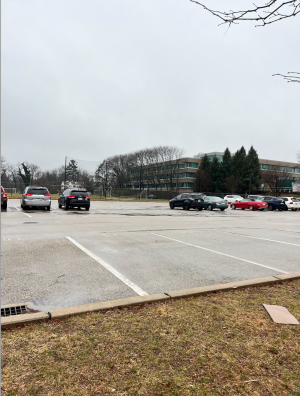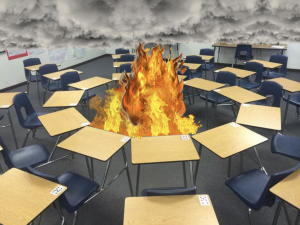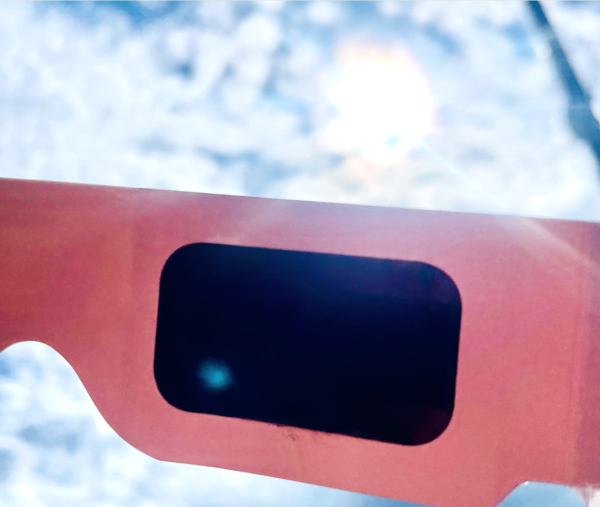North Korea’s Big Announcement
January 26, 2016
An elderly lady wearing her trademark chima jeogori, the country’s national dress, smiles vibrantly at her audience through the television screen. Her name is Ri Chun-hee, a seasoned North-Korean news reporter who has had the distinction of announcing the death of prior North Korean leaders, Kim Il-Sung and Kim Jong-Il. After years of retirement, the 69-year-old appears on television once again — this time to announce the testing of North Korea’s nitrogen bomb. “The first H-bomb test was successfully conducted at 10 am on January 6, 2016,” she proudly announces. “We will not give up a nuclear programme as long as the United
The announcement came after years of North Korea’s young, belligerent leader, Kim Jong-un, spurred his country’s nuclear weapon program forward in hopes that it could possibly “give the broken country leverage and influence.” In recent weeks Kim Jong-un’s constant boasting about his country’s new capability of building a hydrogen bomb, a step farther than their “three precious nuclear tests, which involved atomic bombs,” has been met with skepticism from the world’s leaders. Finally, on January 6th, many were startled to detect a 5.1 seismic event, allegedly caused by the hydrogen bomb, near a nuclear facility along North Korea’s northeast coast.
A hydrogen bomb, more scientifically known as a thermonuclear weapon, generally utilizes a smaller atomic explosion to spark a subsequent, much destructive blast. The ignition of the bomb commences with the splitting of atoms (nuclear fission) before the combining of atoms (nuclear fusion) collides the atoms together and liberates additional energy. Hydrogen bombs have the potential to be even more devastating with additional phrases. Because of the method through which it’s incited, hydrogen bombs are far more catastrophic than other nuclear weapons, which only employ nuclear fission.
The White House, accompanied by other nations including South Korea, swiftly responded to the situation, attempting to either disprove or verify the claims. So far, they are skeptical about the truth behind the statement. The United States government has stated that the data collected from from the seismic event was “not consistent with a test of a hydrogen bomb.” When the U.S discharged a hydrogen bomb, it fostered a 6.8 seismic event, far from the 5.1 magnitude allegedly given off by the hydrogen bomb. In addition, the low explosive yield, which is smaller than North Korea’s past two nuclear tests, has prompted others to assume that if a fission bomb was detonated, it is very likely the test was a failure. Speculation can only turn into concrete facts after the results of the U.S conducted atmospheric testing come back. Air force planes are currently scanning for byproducts of an explosion. South Korea and Japan are running identical test with no results.
The international community, through the United Nations Security Council, has condemned North Korea’s actions by stating that it’s a “clear violation of (past) resolutions … and of the nonproliferation regime.” Last Wednesday, a United Nations meeting adjourned but made no progress with the matter. Members present during the two hour session promised to take immediate action, but they didn’t clarify any details, leaving many to assume they will attempt to simply increase sanctions on North Korea.
Whether North Korea’s claims are true or how they plan to proceed with this in the future, they may have fulfilled their goal — they grabbed the world’s attention. With Obama’s attention focused on Tehran for the past few months, maybe America should focus more on this silent, rising threat.


















